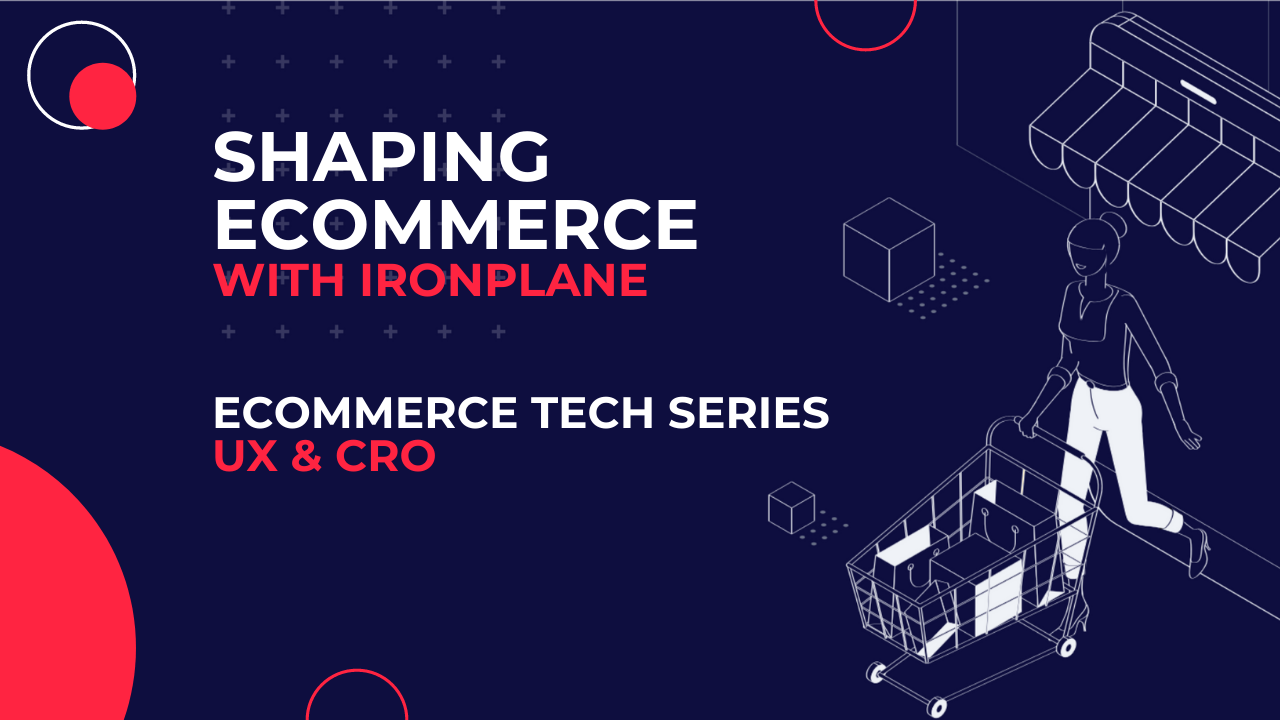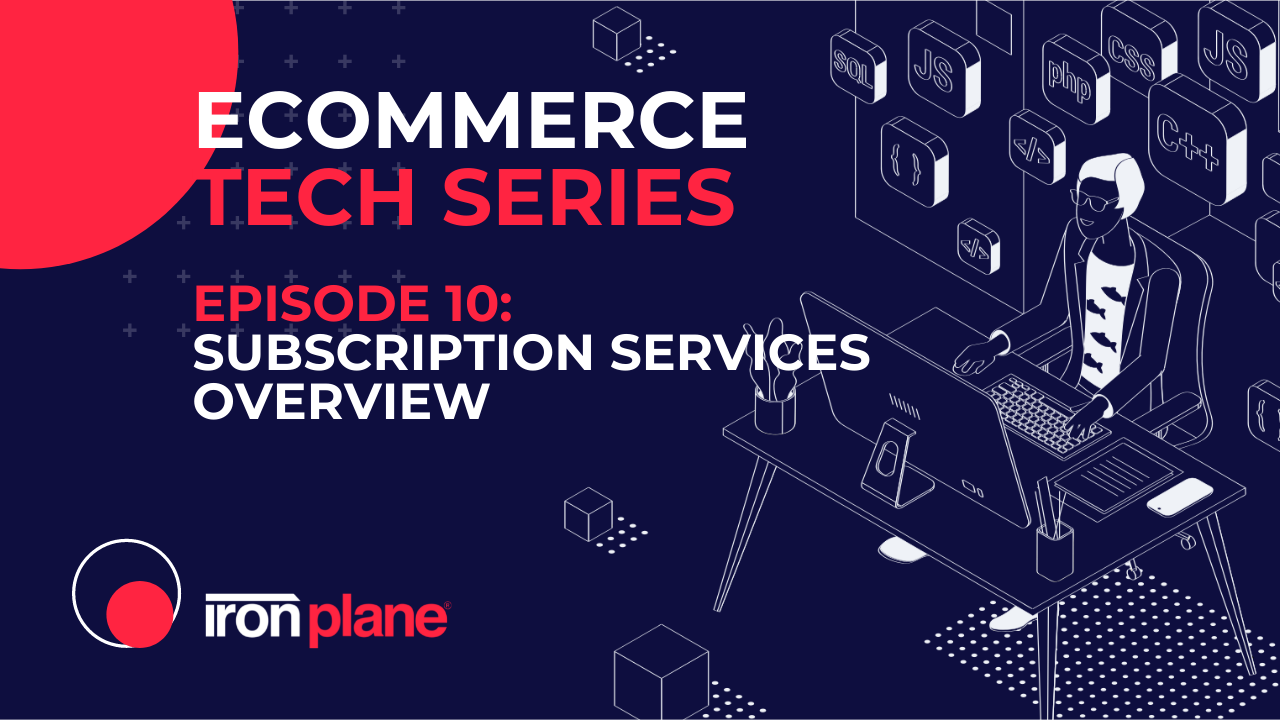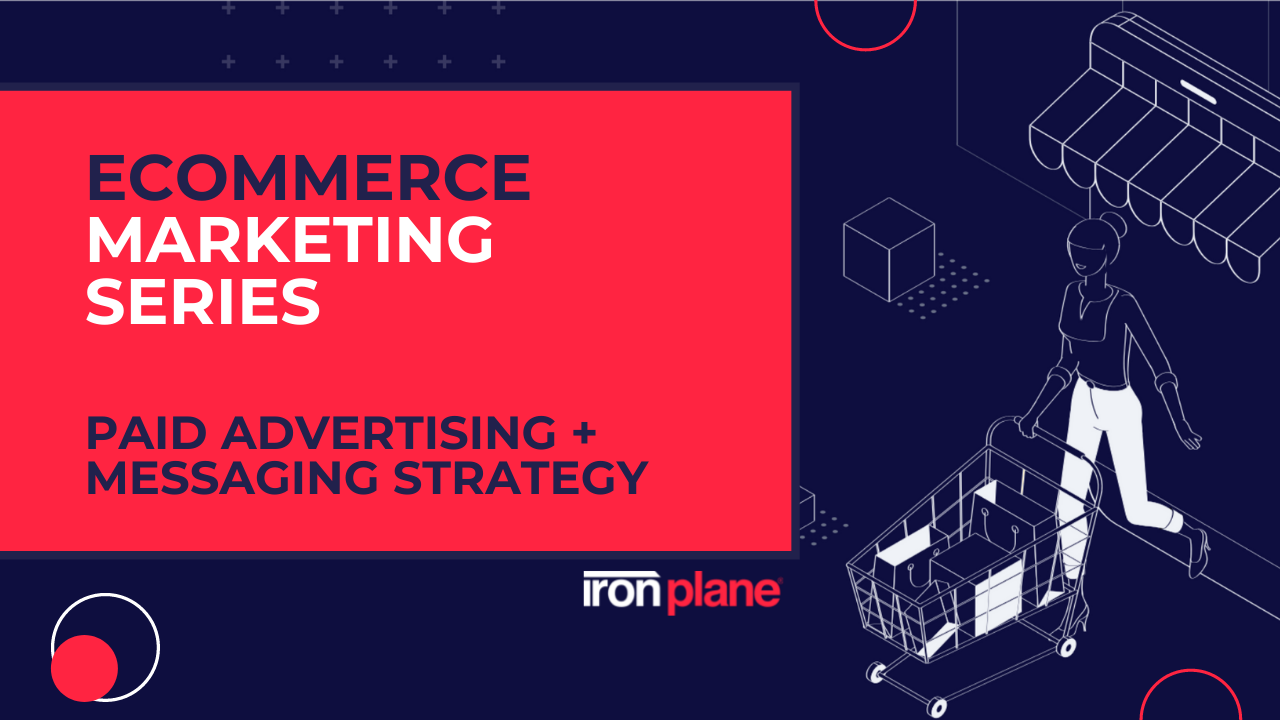eCommerce Tech Series - Subscription Services
Want more eCommerce revenue? Watch a special edition of our eCommerce Tech Series: Subscriptions Services & Programs. In Episode 10, Project Manager Michael Lazarus gives a general overview of subscription services. Plus, he talks about the importance of taking a customer-centric approach and offering flexible options when managing eCommerce subscription programs.


 Tim Bucciarelli
Tim Bucciarelli



